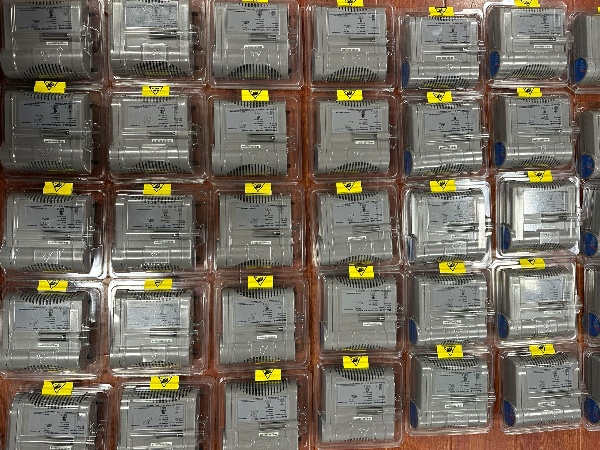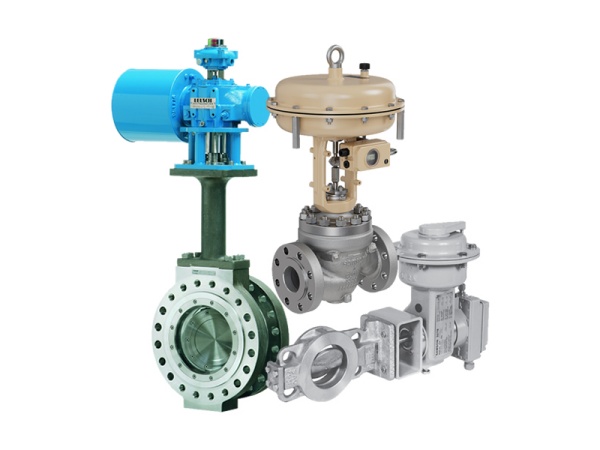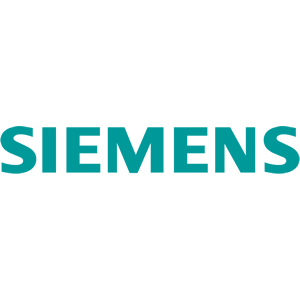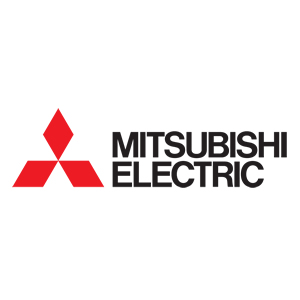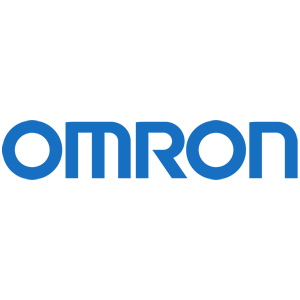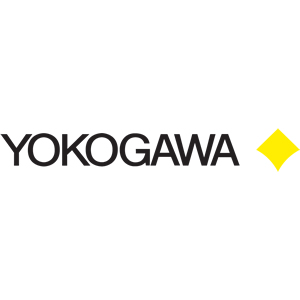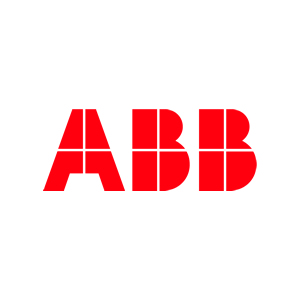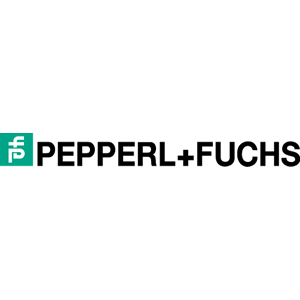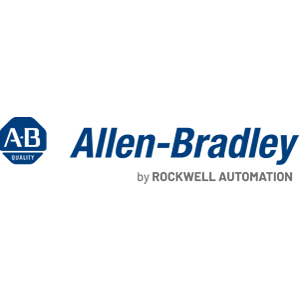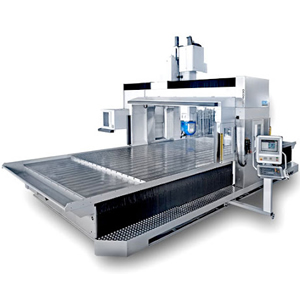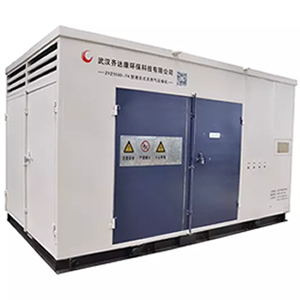PLC Teknolojiya Overview: Klasîk, Metrics & Pêşerojên Pêşerojê
PLC Teknolojiya Overview: Klasîk, Metrics & Pêşerojên Pêşerojê
Têgihiştina klasîkkirina PLC
Kontrolên logîk ên bernamekirî (PLC) li ser bingeha hatine kategorîkirin Struktura laşî û I / O kapasîteya:
Ji hêla strukturê ve:
PLCên entegre / yekîtiyê: Hêza Taybetmendiya Taybet, CPU, û I / O interfaces di hundurê dorpêçê de cîh digirin. Îdeal ji bo serlêdanên tevlihev.
PLCS MODULAR / Rack-Monted: Modulên hevbeş, veguhêzbar (Power Supply, CPU, I / O) li ser rack an rêwîtiyek din siwar kirin. Ji hêla hilbijartina modulê ya xwerû ve ji bo pergalên tevlihev peyda dike.
Ji hêla I / O kapasîteya:
PLCên piçûk: Handle ≤ 256 I / O xalên. Mînak: Siemens S7-200 Smart.
PLCên Navîn: Bi gelemperî modular, birêvebirin 256 - 1024 I / O xalên. Mînak: Siemens S7-300.
PLCên mezin: rêvebirin> 1024 I / O xalên. Mînak: Siemens S7-400.
1024 I / O xalên. Mînak: Siemens S7-400.
Nîşaneyên Performansa PLC Key
Dema ku vendors taybetmendiyên bêhempa pêşkêş dikin, metrikên performansa bingehîn gerdûnî ne:
I / O Kapasîteya Point: Hejmara giştî ya termînal û derketinê pîvana kontrola PLC destnîşan dike. Ew faktorek hilbijartinê ya krîtîk e.
Speed Speed: Kêmasiya darvekirinê, wekî dem tê gotin (MS) hewce ye ku gavên bernameya 1K (1 gav = 1 navnîşana bîra) pêvajoyê bikin.
Kapasîteya bîranînê: Li ber bernameya bernameya bikarhêner nîşan dide, di peyvên k (kw), k bytes (kb), an k bits (kbit) (1k = 1024) de destnîşan dike. Hin PLC di gavên gavan de diyar dikin (mînak., Mitsubishi FX2N-4SMR: 8000 gav). Kapasîteya gelemperî tête mîheng kirin an berfireh kirin.
Setêweya rêwerzan: Breadth û sofîstîke rêwerzên berdest, hêza firingî û fonksiyonel destnîşan dikin.
Rêzikên navxweyî / Relays: Qumarê qeydker ji bo hilanîna guherbar, daneyan, û encamên navberê bandor li ser birêvebirina tevliheviya bernameyê bandor dike.
Kapasîteya Expansion: Qebûlkirina yekkirina modulên pispor (A / D, D / A, LECK-LECH CONNER, ragihandinê) bi girîngî fonksiyona PLC zêde dike.
PLC vs. Pergalên Kontrolê yên Relay-Bingehîn
Berî PLC, pergalên relay-based domdar logîk û rêziknameya domdar. Dema ku lêçûn û kêm-lêçûn, PLC Progromability, flektîtîbûn, û kapasîteyên tespîtkirinê pêşkêş dikin, ku ji bo otomatiya kompleksê ya berfireh a berfireh dibin.
Pêşeroja teknolojiya PLC
Pêşveçûna PLC di çend rêçikên sereke de pêşkeftî ye:
Performansa zêdekirin: leza pêvajoyên bilind, kapasîteyên mezin, û kapasîteyên baştir.
Yekbûna torê: Ji bo Pîşesaziya Pîşesaziyê 4.0 / IOT Concectry.
Compact & Gihîştin: şopên piçûktir, lêçûna kêmtir, û karanîna hêsan ji bo pejirandina berfireh.
Nermalava pêşkeftî: amûrên bernamekirina hêzdar, intuitive û amûrên mîhengê.
Modulên pispor: Pêşveçûna domdar a modulên ji bo serlêdanên niche.
Virtualization & Miniaturization: Ji bo modelên hardware yên PLC-ê ya nermalavê û modelên hardware yên ultra-compact.
About Otomasyona Pîşesaziyê:


